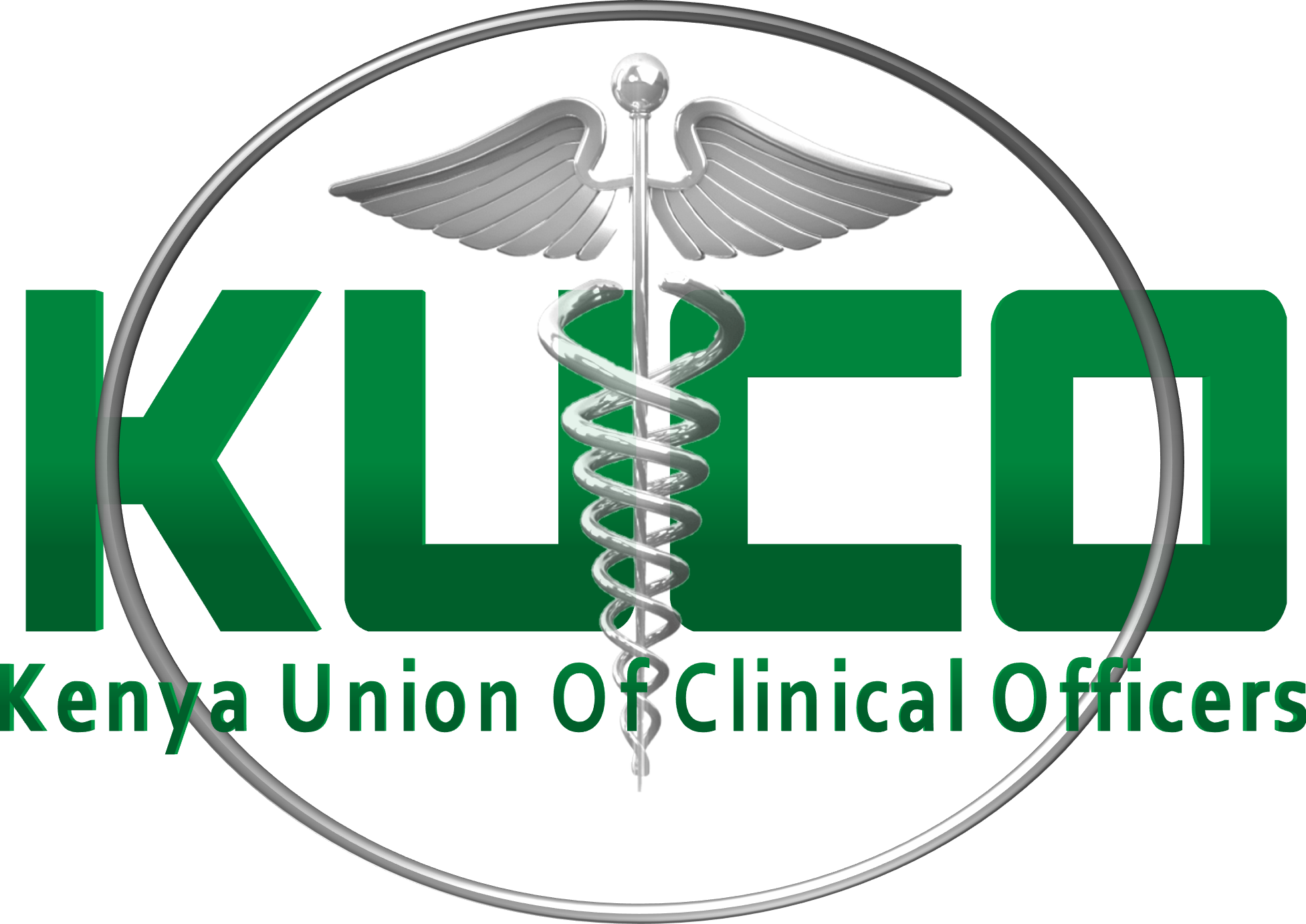 On April 16, 2025, KUCOEngage held its fourth episode, addressing significant challenges and opportunities within the Social Health Authority (SHA) system. The session brought together a diverse group of participants to discuss issues affecting service delivery and potential solutions.
On April 16, 2025, KUCOEngage held its fourth episode, addressing significant challenges and opportunities within the Social Health Authority (SHA) system. The session brought together a diverse group of participants to discuss issues affecting service delivery and potential solutions.
The meeting highlighted several critical areas needing improvement within the SHA system. These included slow facility transitions into the system, technological hurdles related to e-contracting, inadequate training for members, flawed facility categorization, and navigation issues that impact overall service delivery.
One major point of discussion was the e-contracting process. While many facilities have successfully transitioned, a significant number still face technological challenges, particularly related to digital literacy. The importance of thoroughly reviewing contracts before signing was emphasized as a crucial step in the process.
Another critical issue raised was the slow pace of transitioning facilities into the SHA system. This delay has been hindering service delivery. Challenges faced by specialized Clinical Officers, who are sometimes restricted from performing procedures they are qualified for, were also discussed.
The panelists stressed the need for more comprehensive training on the SHA system. Better training would improve member navigation and reduce delays in service delivery. Outdated credentials with the Clinical Officers Council (COC) were also identified as a barrier for some members.
Flawed facility categorization was another point of concern. Specialists are sometimes incorrectly categorized, which limits their ability to provide services based on their expertise.
On a positive note, updates on SHA’s progress were shared. These included the number of Kenyans registered, dependents declared, and non-salaried households undergoing proxy means testing. The discussions also covered the benefit package, it’s costing and validation, and the global budget for primary healthcare facilities. There have been notable increases in reimbursement for facilities participating under The Global Capitation Budget.
Future collaboration and addressing outstanding concerns were key topics. The panel acknowledged the issues and expressed a commitment to addressing them in upcoming meetings. Plans for future sessions include discussions on contract specifics, benefit packages, and global capitation budgets.
Several system challenges were also brought to light, such as delayed responses to emails from SHA accounts, difficulties with pre-authorization for services, and inconsistent capitation payments. Technical issues, such as the lack of a report tab for tracking claims and payments at certain facility levels, were also mentioned.
The importance of patient enrolment in ensuring fair and effective resource allocation was a recurring theme. The emphasis remains “Higher enrolment numbers directly lead to greater capitation payments for facilities.”
Specific concerns regarding ophthalmologists at certain facility levels and admission rights for Clinical Officers were raised and it was reported that these issues are under review by relevant committees.
The meeting concluded with a focus on collaboration, accessible services, and the importance of Clinical Officers serving as SHA ambassadors. Ensuring facilities have current Medical Facility List codes for proper claim processing was also highlighted as of high importance.
The meeting ended with closing remarks expressing hope for continued collaboration and a commitment to resolving the discussed issues.

